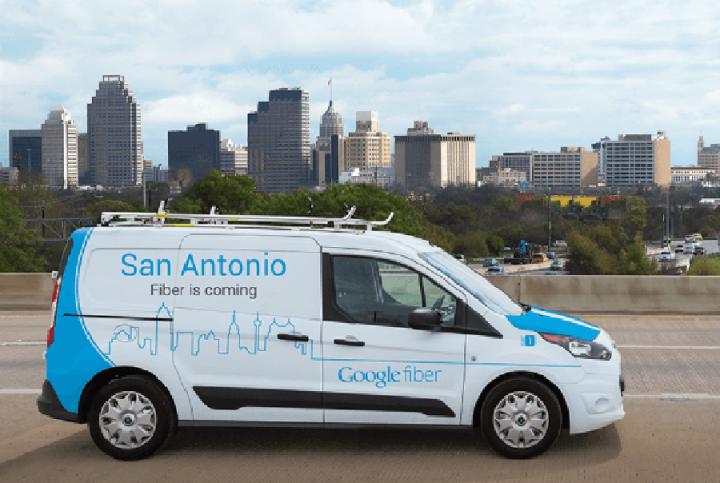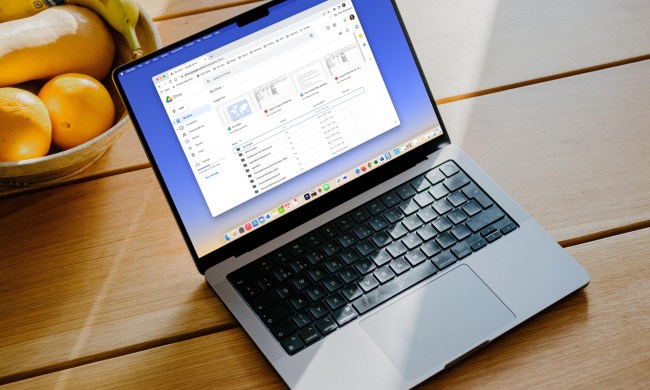
Google Fiber is also available now in Nashville, Tennessee; Provo, Utah; Austin, Texas; and Atlanta, Georgia. If you live in one of those cities, you win, but for the rest of us, but the big question is, “When will it be my turn?”
The list of cities where Google Fiber is currently planned (referred to as “Upcoming” on the Google Fiber site), includes both Charlotte and the Raleigh-Durham area in North Carolina; Huntsville, Alabama; Salt Lake City, Utah; San Antonio, Texas, and San Francisco. As upcoming cities, that means Google is actively involved in stringing or laying miles upon miles of fiber optic cable. As The Cheat Sheet explains, when Google Fiber starts in city, the work is done one neighborhood at a time, in areas called “fiberhoods.” Once one area is set the company moves on to the next.
There is also a longer list of “Potential” Google Fiber cities. In these cities the initial infrastructure mapping and the required permitting and licensing are being explored. The potential city list currently includes Chicago, Illinois; Dallas, Texas; Jacksonville, Florida; Louisville, Kentucky; Oklahoma City, Oklahoma; Phoenix, Arizona; Portland, Oregon; Tampa, Florida; and the California cities of Irvine, San Diego, San Jose, and Los Angeles.
The maximum speed of Google Fiber is nominally one gigabit, or 1,000Mbps. The theoretical maximum speed on copper wire is also 1,000Mbps but home service in the U.S. generally ranges from 5 to 300Mbps. Fiber optic cable can also handle higher bandwidth than currently offered, in fact up to 10 times as much, or 10Gbps, but Google Fiber service is introduced at up to 1Gbps. So there’s room for expansion and upgrades once fiber optic cable is installed in a region. If you have a typical 20Mbps internet connection, switching to Google Fiber will make your experience a head-spinning 50 times faster.
Costs will vary by city and may depend on regional fees and taxes. In general, according to The Cheat Sheet, a TV and internet package costs about $130 a month and internet only about $70 a month.


